April 2022 | Bodega Land Trust: Interview with Mary Biggs, Board President
When we see land as a community to which we belong, we may begin to use it with love and respect.
Aldo Leopold 1886-1948
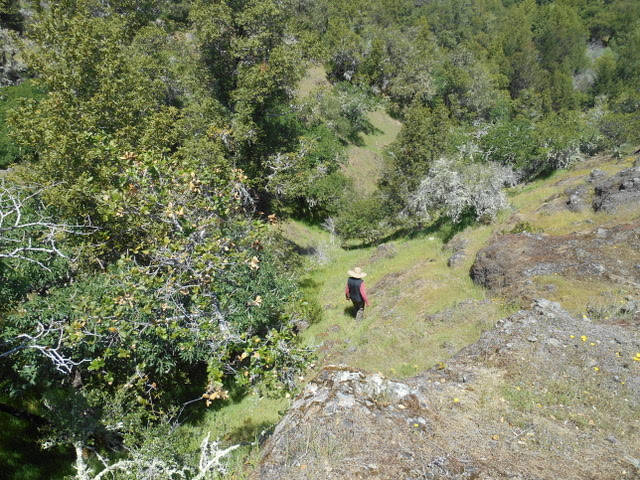
The idea of forming a Land Trust came from a few people—newcomers to Bodega in 1970 moving up from the cities, with curiosity for learning how to live together in community and with a simpler, more fulfilling, sustainable life on the land. I joined this community; we grew to love the land and decided we should do something to protect it. We discussed this in-depth during the early ’90s and formed the Bodega Land Trust (BLT) in 1992. Sandy Sharp, Laird Sutton, Steve Killey, Anne Greenfield, and Delia Moon were instrumental in incubating and forming the organization. I was busy with my work and did not want to get involved at that time. Later, when Laird had health issues, he asked me to step in and help.
In one early BLT event, neighbors in the Bodega area were invited to a gathering at McCaughey Hall in town. We introduced Bodega Land Trust, explained the purpose to protect the beauty of the land in our area, and gave attendees time to express their ideas and interest in this new organization. Input from this initiative began shaping Bodega Land Trust as a grassroots organization.
When Susan Anderson, former adjunct professor of environmental toxicology at the UC Davis Bodega Marine Laboratory, joined the Board just a few years ago, she did a fabulous job of learning our history. When the COVID pandemic struck, we decided to pause our activities to focus on strategic planning. During that process, Susan realized that our grounding and values were very sound. We just needed to update our organizational presence, use of technology, and image.
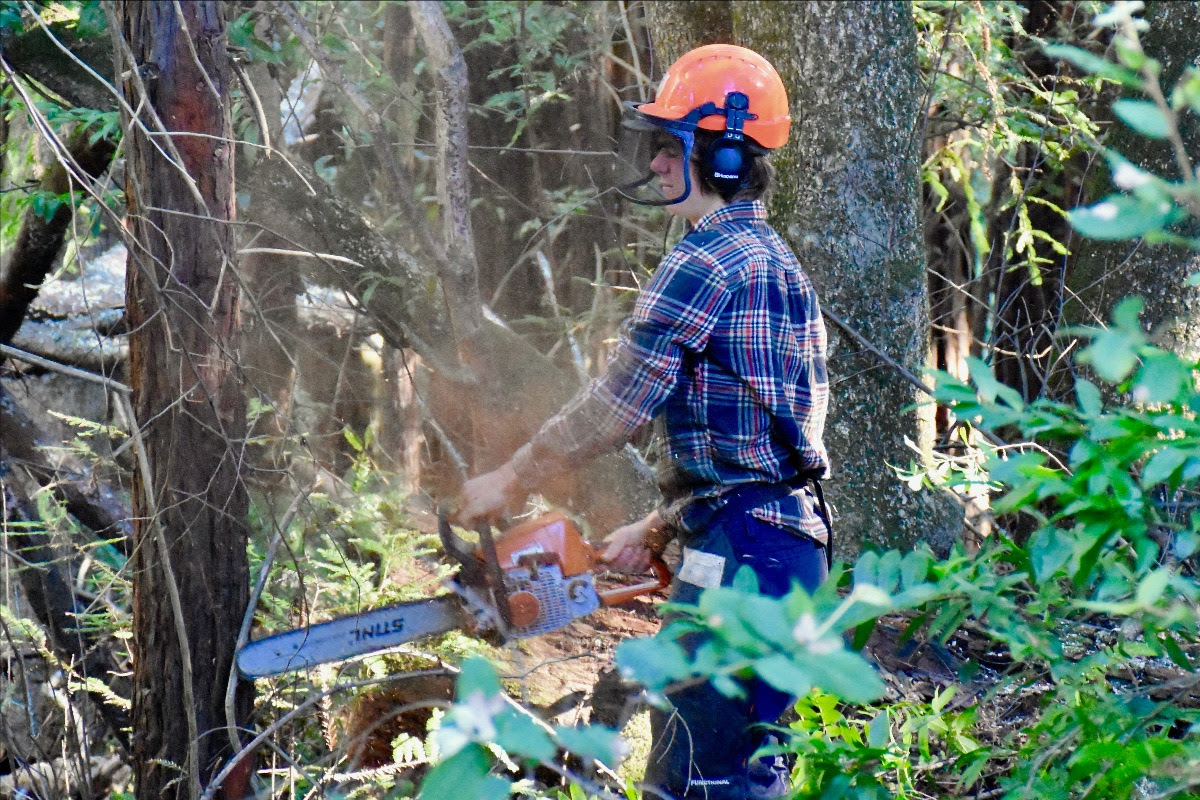
BLT’s first easement was donated by Bill Wheeler, a well-known Sonoma County plein air artist. The property was on three or four miles along Coleman Valley Creek, and ran for about 150 yards on either side. [One of the BLT brochures explains, as does their site, “A conservation easement is a means to permanently protect land with habitat, agricultural, scenic, or historic values. Specific conservation goals and land uses are determined with the landowner. Protections expressed in the easement…remain in force when the land changes hands. Landowners make an important difference in the landscape of the future by deciding to protect their land today.]
At the time we first started this community, the prevailing environmental concept was “forever wild.” That basically meant leaving the land to fend for itself. It was a reaction to the harmful and unconscious effect of human extraction of natural resources for greed. That concept forgot that humans are part of a healthy land ecology. By living gently on the land, we soon discovered that not tending the land or forest is dangerous.
We then sought to live according to Aldo Leopold’s words.
We saw ourselves as an interactive part of the community of mammals, birds, bees, and reptiles, not just lords of all. I had come from Berkeley originally and wanted to live more simply. I wasn’t interested in all the stuff our culture expected, and lived without electricity for 20 years. When I moved to this house in 1989, we installed solar panels and started living off the grid with plenty of electricity for our needs.
Right now, we have a beautiful view and silence, but earlier today there was the sound of chainsaws to accomplish fuel load reduction.
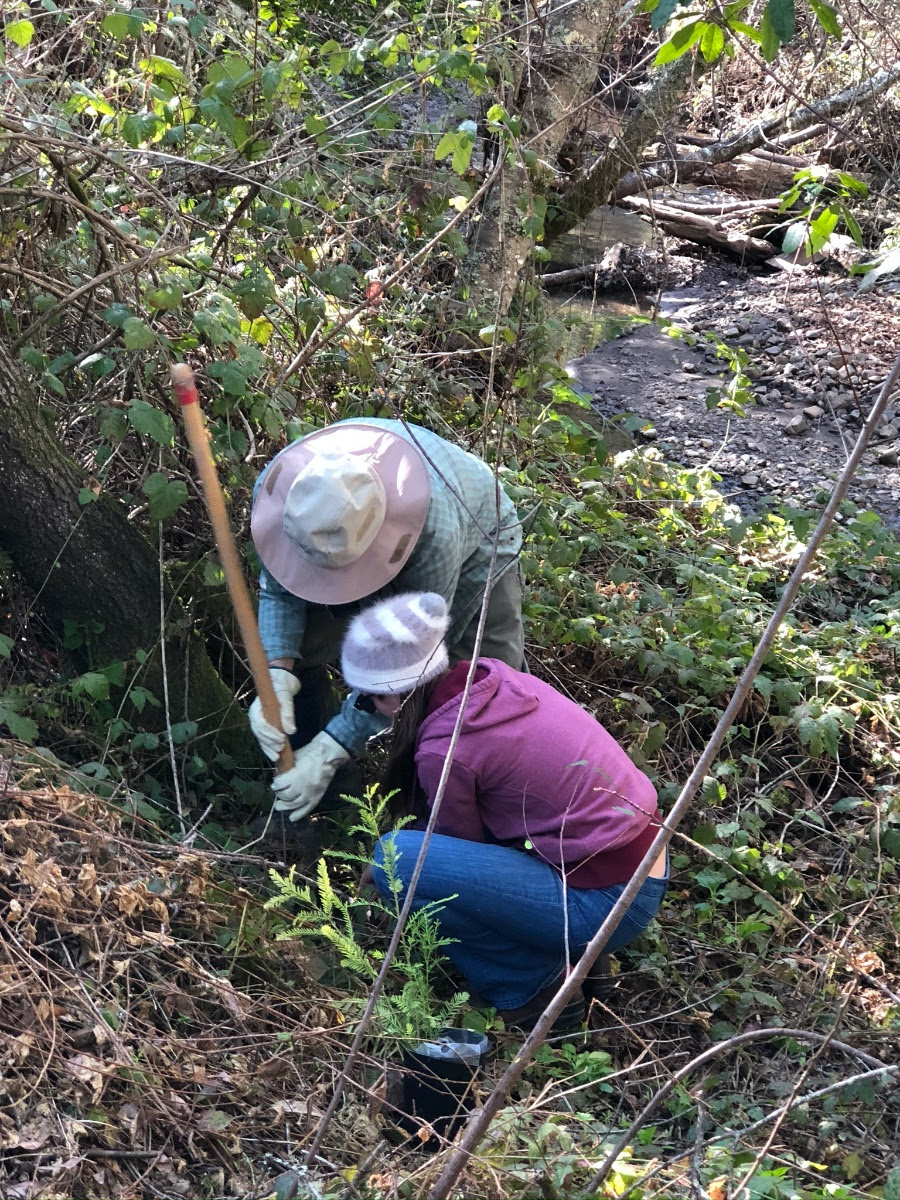
Photo by Mary Biggs
We started tending the woods before the California fires raged. For several decades, the community has been working hard to reduce fuel loads in our forest. Several community members have been thinning and lifting the forest canopy by hand thinning, and then conducting a pile burn in the winters under our fire permit. We also have employed goat grazing and have strategically tried to halt Douglas fir encroachment on our pasturelands. We practice rotational grazing with sheep to maintain the health of our pastures.
In the last two years, we’ve done some official prescribed burns. We have three people here who are certified in this field. Red Bird (Ed Willie) came here to give a prayer at the beginning of our first prescribed burn. Working with Fire Forward of Audubon Canyon Ranch, CAL FIRE, and Cal-TREX (Prescribed Fire Training Exchanges), we have been learning about fire as a tool. Some of our members are traditionally trained firefighters with Bodega Fire and some are younger members who have also learned through Fire Forward and from the Hoopa People—from the Klamath River a little north of here—about fire ecology and how to use fire as a tool. We, colonizers, need to realize that we would benefit from a healthier relationship to fire.
Europeans came with blinders on. All they knew was the civilization that had developed in Europe. They thought it was “empty,” as if no one was living here. They didn’t understand what they were seeing at all. With the benefit of hindsight, I see that my ancestors did things in a very arrogant way.
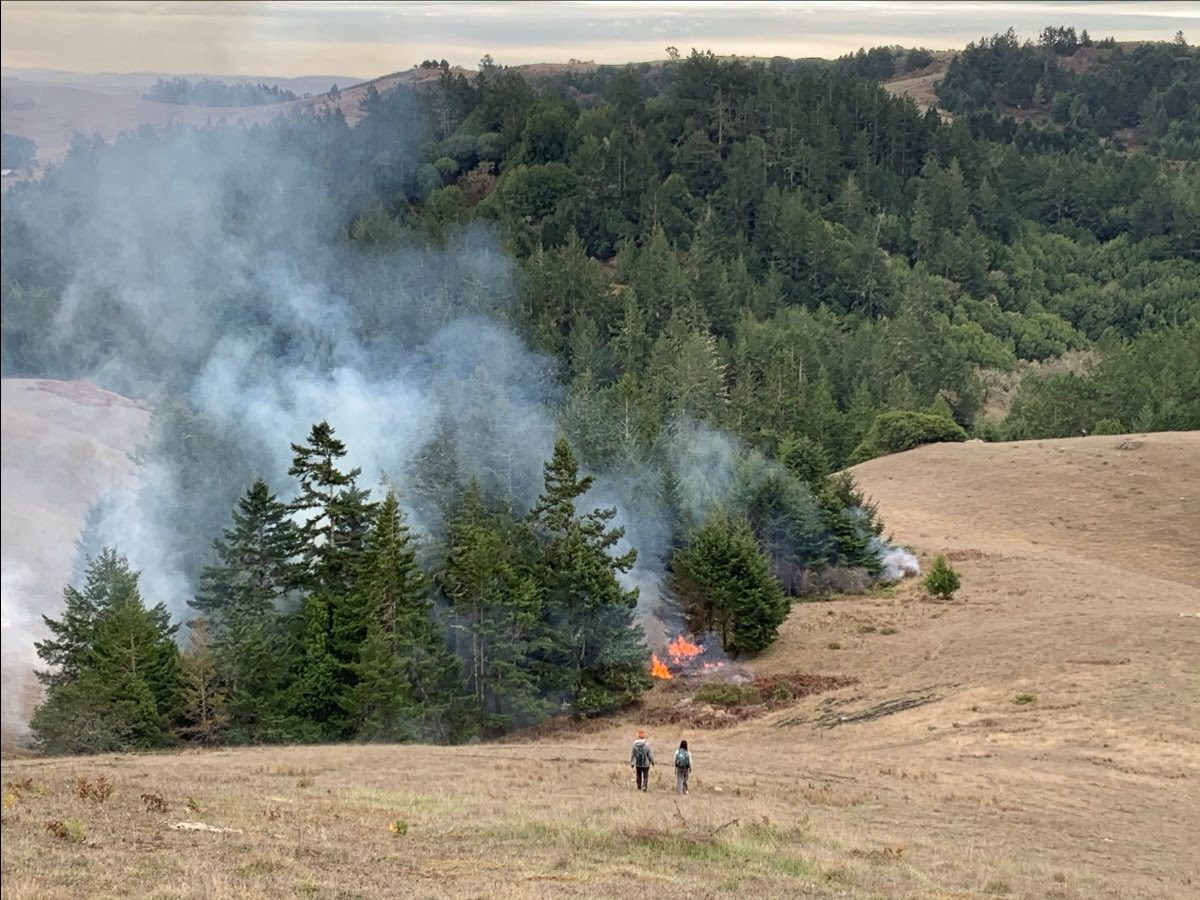
My history living in community here is very interwoven with that of the BLT and my work of 41 years. I worked initially as the teacher/supervisor in the woodshop and later as Director of Disability Services in Sonoma County for California Human Development, a non-profit. I was responsible for 25 to 30 staff, including 5 managers. We provided work and other services for people with physical and developmental disabilities, often with overlays of mental health issues. The work I did was a lot about respecting people. My mission was to help people listen and respect each other and learn that everyone has value. Everyone has something to contribute and if we’re working together, it creates a more beautiful world.
I needed to slow down to be able to hear and understand the needs of people with disabilities or people whose language was a challenge for me. The experience of slowing down and listening has been a very valuable lesson, and I’ve used it in all parts of my life—my relationships with people, in various organizations, and relating
These are many of the things that the word “community” speaks to me. Respecting differences and working together with what we have and what we see. Preserving what we have and appreciating it. So much of life these days seems to be about throwing away something. We’re always using things up and throwing them away instead of recycling or “composting.” Instead of cherishing others, we ignore them. When do we stop to understand and nurture that person?
This community has never had one leader. We try to live as a democracy. What we have in common is a love for the land. Here’s an example of how we have worked—there was a time in the ’80s when I and another woman, Joan, volunteered to be in charge of the sheep. We did the planning: when to breed, when they needed shots, how to move them on the land. We’d call a “Sheep Workday” and other community members would come. When Joan and I decided it was time for a change, we passed the baton on to another who accepted the responsibility. We’ve operated in the same way to handle the water system, infrastructure, roads, and pasture lands.
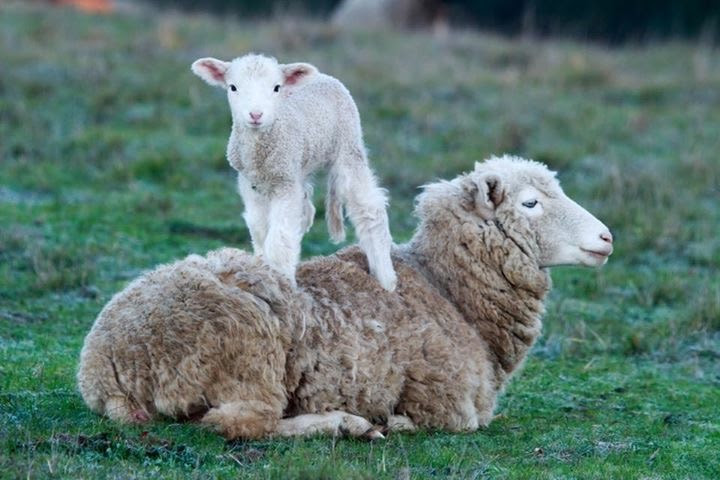
The sheep tend the pastures. Grass wants to be nibbled or it grows to thatch and becomes a fire hazard. Grass then needs to rest and grow some more. We currently have 180 ewes and 140 lambs. In the early days, we learned everything from one particularly friendly local rancher. Over time we changed some of our practices. We began breeding for wool texture and color. We introduced a Navajo ram into the flock and now have some wool suitable for felting. We stopped cutting tails. The young males that we aren’t keeping, we sell. Most we let grow and then harvest for lamb between 6 to 8 months. We’re exploring hogget—letting the male lambs live for a year-and-a-half.
Bodega Land Trust is in this work of land preservation for the long haul. The Conservation Easement held in perpetuity is our main tool for preservation. It took 25 years to complete and file the easement on this 1,000-acre property of Delia Moon. I’m now working on an easement of another Sonoma County plein air artist, Jack Stuppin’s property in Graton. It’s about forty acres of mostly redwood and conifer forest.
BLT does environmental education through our Walks and Talks Program that takes place on the easements or in interesting and beautiful local places. They are led by docents—for example, a geologist from Sonoma State University, or a train buff showing us the history of the railroad here.
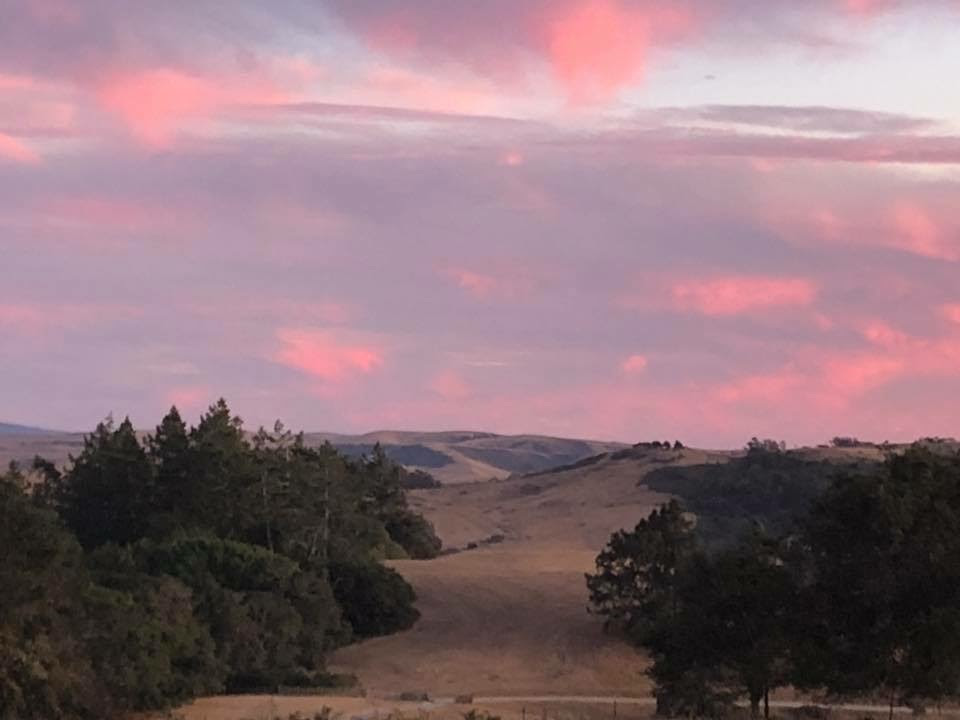
We collaborate with the Sonoma Land Trust, as in the new Jenner Headlands trail, Gold Ridge Resource Conservation District, and Forest Unlimited. Sometimes we work with the Open Space District and Land Paths.
Local people have been learning about us and trust us as we turn 30 years old! We haven’t needed to target properties for conservation easements, as yet. People come to us with interest, or we receive a referral from Sonoma Land Trust. We have an advisory board and a lot of expertise available. Our former board president had been a monitor for Sonoma Land Trust’s conservation easements. Sonoma Land Trust has referred to BLT landholders of smaller parcels in West County, between the Russian River, the Estero Americano, and Graton.
Our growth has been organic, slow, and thoughtful. We’re trying to do things well and continue learning as we grow. We find it important to engage neighbors in our monitoring program, for instance, which consists of local people who go once a year to visit and monitor our conservation easements. Monitoring gives you permission to hike on private property and breathe in the beauty.
*****
To learn more about the Bodega Land Trust and ways you can help, please visit bodegalandtrust.org
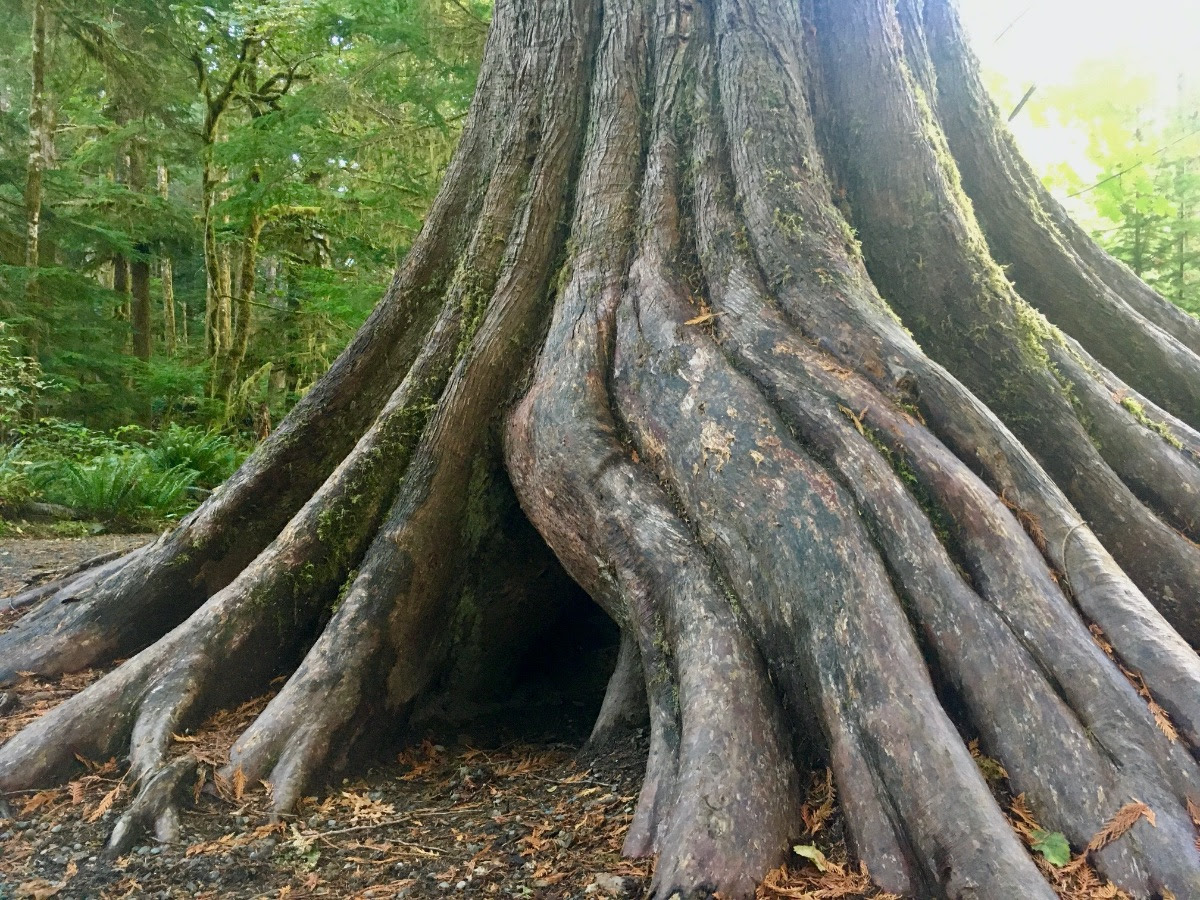
Spangling Darkness
למה שבקּתני
Lamah shvaqtani?
“Why, oh why did You abandon me?”
In the silence of the tomb
he lay, or let’s just say
his body did.
For that extreme,
when we can simply stand
no more, opens a door.
The cries of a lover betrayed
snapped cords
as he hurled himself into
the spangling darkness.
One caress
by the infinite—
balm enough for living!
A firm tugging, “There’s
more to be done”
spun him back
into that body
in the silence of the tomb.
Two more nights and day—
how stretched he lay between
those countless moments
the stinging wounds
almost naught to the scarring
of his heart
those mocking jeers
still ringing in his ears
pale beside his realization
of our weaknesses and fears.
And when as warm, fresh
baked bread, he slid out
scented from that oven,
Magdalene gasped, squealing
in delight, “You’ve risen!”
followed by a long embrace.
He reentered this arena
a cross between
boxer and lover
punching, feinting
darting, weaving, dancing,
melting our denseness
and defenses.
Receive the Earth-Love Newsletter, event invitations, and always a poem.
